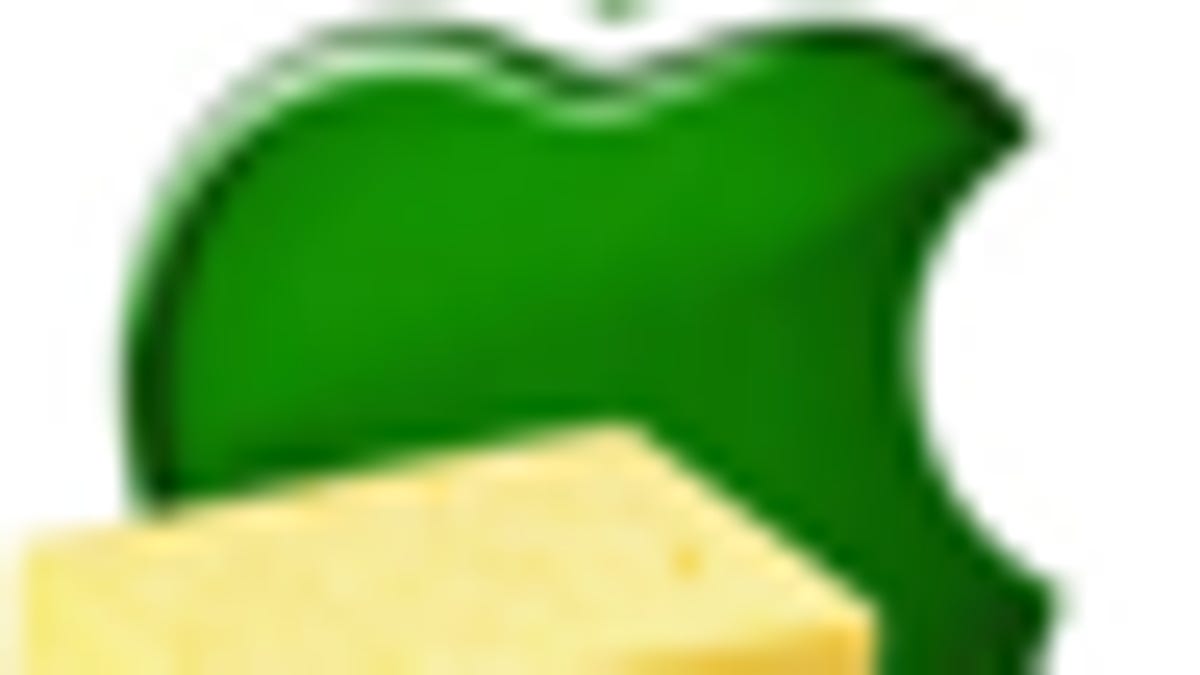Cleaning and disinfecting your Macs
Some tips and recommendations for cleaning grime off of your computer.

The last time I needed to clean my computer I considered setting it on my patio and blasting it with the garden hose, then decided that probably was not the best idea. Apple has a knowledgebase document they've released with instructions on how to best clean various Mac models, but I should warn you if you care to read it, to be prepared for redundancy.
After looking the article over, the main points boil down to the following:
- Use a lint-free cloth.
- If cleaner or water is needed, only slightly dampen the cloth with it.
- Be gentle, and dry the surface thoroughly if liquids are used.
Use the lint-free cloth to wipe away dirt or grime, and if you need extra cleaning power, dampen the cloth with a little water and clean again; however, do NOT wet the cloth so it drips when you rub the surface of the computer. My rule of thumb is that if you can make the towel drip at all by thoroughly squeezing and wringing it out, then you've made it too wet. To get into crevices, use a toothpick or Q-tip to gently run along the grooves of the crevices and massage out any dirt (do not scrape or gouge).
If your computer has dust buildup around the vents, use a can of compressed air to gently blow and dislodge the dust. Mac Pro owners can take off the side cover and spray around in the interior, on the fans, and against the inside of the grille to get rid of dust accumulation. Be warned that this may cause clouds of dust to fly all over the place, so be sure to do it in a ventilated area. This should be the only way you clean the interior of your computer. Do not at all use liquids or wipe around the internal components since this can cause electrical shorts and static that can harm the system.
Solvents and Cleaners
The use of water may not be effective against oils or greases, in which case a heavier solvent will be needed. Additionally, standard cleaning will not necessarily disinfect your computer's surfaces so the use of disinfecting product may be needed.
As far as cleaners go, a 70% Isopropyl alcohol solution can be used can be used everywhere except on bare (non-glass) LCD screens where only iKlear is recommended. While Apple's article warns against using acetone or alcohol-based cleaners, it then repeatedly recommends the use of 70% isopropanol. I've personally not had any problem with isopropanol, but then again all my computers have been aluminum. Do not spray anything directly on the computer, and instead spray it on your cloth and apply to the computer with that.
If you do not have isopropanol or iKlear, then dilute some kitchen dish soap in a tray or cup (make a mild sudsy solution) and dampen a cloth with that solution to use. Once again, to not use a "wet" cloth that at all drips. After using dish soap, wipe the surface first using a towel dampened with water, and then using a dry towel.
Disinfecting
Using a mild soap with antibacterial properties will help disinfect the computer, but perhaps the best option for disinfecting is to use Lysol or Clorox disinfecting wipes. These generally come appropriately dampened, and can be used on most surfaces of the computer. I would be cautious when using them on the screen, however, and stick to water or iKlear for that.
Keyboards
With all the grooves and crevices between keys, Keyboards are perhaps the toughest devices to clean. If you are looking for an easy solution, the folks over at cultofmac have an amusing recommendation to run it through the dishwasher; however, we by all means cannot recommend you do this.
While it should not harm an electronic device if you spray water on it and allow it to thoroughly dry, there is no way of knowing if you have cleared all the water out of your system. Additionally, many components these days ship with indicators that tell an Apple service representative whether or not the system has been in contact with large amounts of liquid, so you chance voiding your warranty by the dishwasher method.
Instead, even though it takes time the best recommendation for keyboard cleaning is to use a mild solvent, Q-tips, toothpicks, and rolled up corners of towels to get into the crevices. Be gentle and persistent, and eventually even the most stubborn dirt will clear away.
Questions? Comments? Post them below or email us!
Be sure to check us out on Twitter and the CNET Mac forums.

